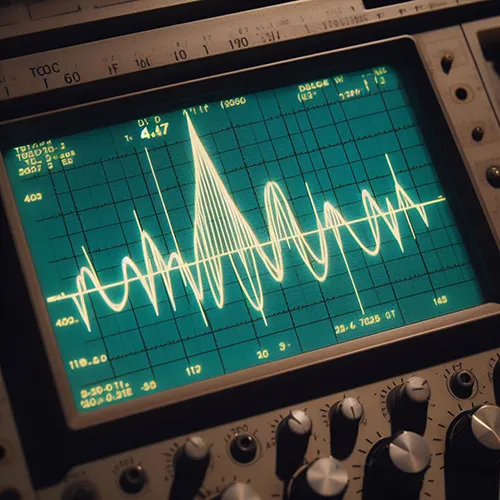
Written by Chris on March 25, 2023
Updated on: 25 November 2023
Total Harmonic Distortion (THD) – Power Equipment
Total harmonic distortion can be a complex and confusing concept to get your head round. Depending on your generation, some of you may have heard a reference to THD as a measure of the quality of high fidelity (HIFI) audio equipment, but not so much on its impacts elsewhere.
Here we outline our very basic understanding of why the issue is important, and why in general inverter generators should be used when connecting sensitive electronics. There is plenty of information on the internet about THD, but a lot is very technical and probably aimed more at electrical engineers and the like.
So here goes…
In power systems, a lower THD implies lower peak currents, less heating, lower electromagnetic emissions, and less core loss in motors. THD is a measurement that tells you how much of the distortion of a voltage or current is due to harmonics in the signal in power systems. In the case of electronic components, it should be as low as possible, resulting in a higher power factor and lower peak currents.
Harmonic distortion is not generally due to the operation of the power system and was largely absent before the advent and popularity of electronic power after the 1960s.
Most household appliances have what are called linear loads that draw current sinusoidal in nature – sinusoidal is a mathematical curve that describes a smooth oscillation over a specific time period. Equipment that incorporates electronic components, on the other hand, have non-linear loads that can draw current that is not perfectly sinusoidal. Since the current waveform of a non-linear load deviates from a sine wave, voltage waveform distortions occur.
This distortion can be bad for electrical equipment because it increases the current in power systems, causing higher temperatures. Without an intervention, these increased temperatures and interference can damage and shorten the life of electronic components.
There is no national standard on THD system limits. But there are recommended values for acceptable harmonic distortion. This says that “Computers and allied equipment, such as programmable controllers, frequently require AC sources that have no more than 5% harmonic voltage distortion factor [THD], with the largest single harmonic being no more than 3% of the fundamental voltage. Higher levels of harmonics result in erratic, sometimes subtle, malfunctions of the equipment that can, in some cases, have serious consequences.” (IEEE Std 519-1992, IEEE Recommended Practices and Requirements for Harmonic Control in Electrical Power Systems, New York).
In a nutshell, low THD values ensure proper operation of equipment and a longer life span of sensitive electronic components, which are built into most modern electronics.
